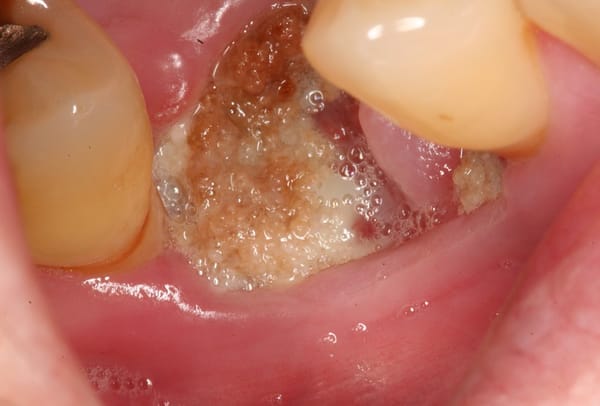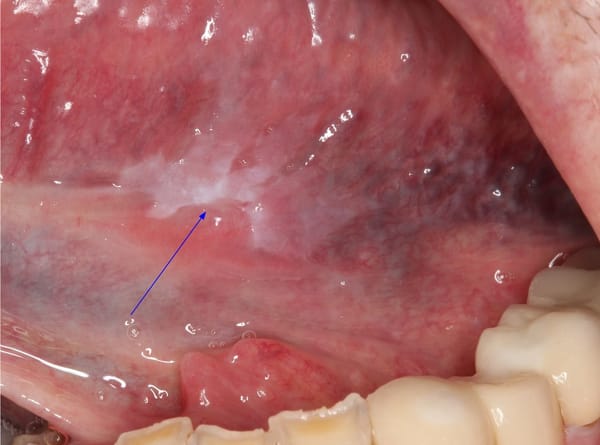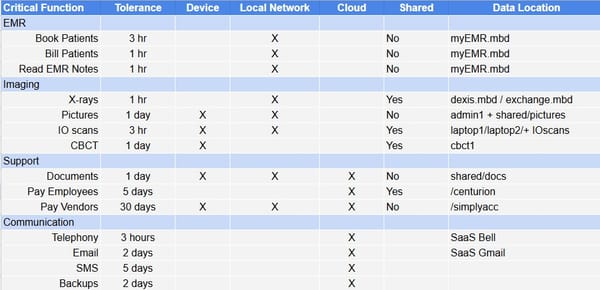AI checklist for your office

AI is starting to make its way into our practices, from administrative tasks to clinical support tools like ChatGPT. Many of us see the potential in these technologies, but we also know the stakes are high when it comes to protecting our patients’ data and maintaining professional integrity. For those of us in dentistry and oral surgery, AI can be a valuable resource, but it’s crucial to be cautious and intentional with how we use it.
In this post, I've put together a checklist that focuses on keeping things secure and accurate. It’s a practical guide to help us stay on top of data protection, avoid accidental data leaks, and ensure that the information we get from AI tools is reliable. This is about using AI wisely—without letting it compromise the standards we’ve set for ourselves and our patients. Dive in and take a look at some strategies I’m using to keep AI safe and effective in my own practice.
AI Usage Checklist for Dental Professionals
Data Protection and Privacy
- Avoid Sharing PHI & use anonymization
- Limit Data Shared
- Use Encrypted Channels
- Implement Access Controls
- Use a Business Associate Agreement (BSA)
Accuracy and Reliability
- Define Purpose Clearly
- Review Responses Critically
- Avoid Diagnosing Solely with AI
- Set Expectations for Hallucinations
Access Control and Monitoring
- Log AI Interactions
- Regularly Update Security Policies
- Apply Role-Based Access Control (RBAC)
- Educate Staff on PHI Risks
- Monitor for Misuse or Unauthorized Access




